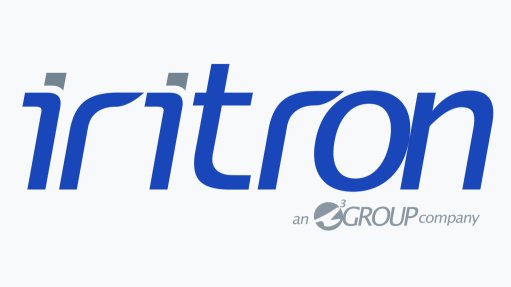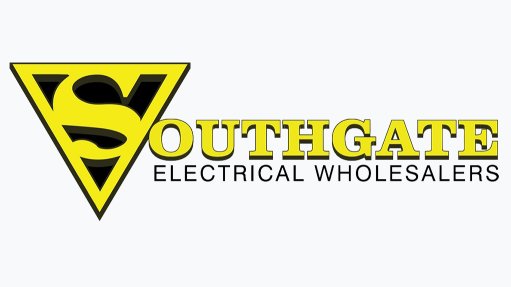Harmonic filters and the quest for power quality in utility environments are an integral part of the transition to clean energy generation
This article has been supplied.
By Wesley Govender, Digital Power Services Lead at Schneider Electric
While there is a growing need for renewable energy as countries around the globe seek to reduce their dependency on fossil fuels, the potential drawbacks that come with this transition cannot be ignored.
In the realm of utility environments, which encompasses municipalities and renewable energy providers such as Independent Power Producers (IPPs), due consideration must be given to the critical area of power quality.
Therefore, power utilities and renewable energy providers’ efforts to embrace greener technologies and ensure efficient grid operations also require a deep understanding of the intricacies of power quality, as harmonic distortion, voltage instability etc, can become a significant challenge. The need to understand load optimisation is also paramount in ensuring quicker commercial return on investment on solar installations.
Due to large-scale solar energy generation by IPPs, electrical grids are subjected to many sources of power, all of which vary and are by nature, inconsistent. This can create challenges as it becomes increasingly easy to deviate from the norms and standards associated with the specifications of what the power supply must be.
This underscores the critical importance of power quality by ensuring the stability of the grid in the presence of IPPs and different forms of energy generation. It is therefore key that power producers abide by the standards set out in terms of grid conformance and energy supply.
Harmonic distortion
However, while ensuring power quality is an overarching requirement for utilities, harmonic distortion is also a prevalent challenge in utility environments that requires effective management strategies. It must be noted, that in majority of cases, harmonic distortion is not a supply problem, but rather an issue that arises as a result of the processes and equipment of energy users.
IPPs
Businesses and factories that are becoming more digitised and are adopting an increasing number of energy-efficient processes, such as solar power generation – typically create a knock-on effect of non-linear energy loads and harmonic distortion. Factories that operate automation equipment and, by nature, as an example variable-speed drives require a certain amount of harmonic current to this infrastructure – (THDI).
Total harmonic distortion is a measurement of the harmonic distortion present in a signal and is defined as the ratio of the sum of the powers of all harmonic components to the power of the fundamental frequency. However, because the ratio of real power to distortion changes as solar energy cannot supply the distortion current and it must be drawn from the municipality, the ratio becomes skewed, and the consumer (IPP) will move beyond the limits of the specifications of permissible harmonic levels.
As IPPs become more prolific, harmonics need to be mitigated at the point of common coupling on a power utility’s plant. If not mitigated, large amounts of harmonic distortion can cause severe problems on a municipality’s medium and high-voltage network. The excess presence of harmonics could therefore require utilities to derate transformers, circuit breakers and cables.
Integral part of electrical infrastructure
Harmonic Mitigation and voltage conditioning are thus essential to ensuring that while IPPs continue to digitise and pursue energy efficiency and other advanced processes, the electrical grid does not become polluted by harmonic distortion. Harmonic filters must be fitted on a customer-to-consumer basis and will become an integral part of electrical infrastructure in the coming years due to the adoption of digitisation.
Adopting harmonic filters as a solution to excessive harmonic distortion can tackle the problem at the point of consumption and help to stabilise the grid, as well as to maintain grid compliance. This will automatically increase the resiliency and reliability of the grid by increasing the lifespan of electrical infrastructure.
Power utilities and municipalities can look to consultative partners, such as Schneider Electric, to help them implement these solutions. Schneider Electric can be your trusted advisor to assist utilities that have identified IPPs whose process might be creating problems on their networks, as well as assist end users to ensure that they are remaining within compliance. While the transition to green energy is extremely important, utilities and municipalities cannot ignore the potential challenges that this can create.
Article Enquiry
Email Article
Save Article
Feedback
To advertise email advertising@creamermedia.co.za or click here
Announcements
What's On
Subscribe to improve your user experience...
Option 1 (equivalent of R125 a month):
Receive a weekly copy of Creamer Media's Engineering News & Mining Weekly magazine
(print copy for those in South Africa and e-magazine for those outside of South Africa)
Receive daily email newsletters
Access to full search results
Access archive of magazine back copies
Access to Projects in Progress
Access to ONE Research Report of your choice in PDF format
Option 2 (equivalent of R375 a month):
All benefits from Option 1
PLUS
Access to Creamer Media's Research Channel Africa for ALL Research Reports, in PDF format, on various industrial and mining sectors
including Electricity; Water; Energy Transition; Hydrogen; Roads, Rail and Ports; Coal; Gold; Platinum; Battery Metals; etc.
Already a subscriber?
Forgotten your password?
Receive weekly copy of Creamer Media's Engineering News & Mining Weekly magazine (print copy for those in South Africa and e-magazine for those outside of South Africa)
➕
Recieve daily email newsletters
➕
Access to full search results
➕
Access archive of magazine back copies
➕
Access to Projects in Progress
➕
Access to ONE Research Report of your choice in PDF format
RESEARCH CHANNEL AFRICA
R4500 (equivalent of R375 a month)
SUBSCRIBEAll benefits from Option 1
➕
Access to Creamer Media's Research Channel Africa for ALL Research Reports on various industrial and mining sectors, in PDF format, including on:
Electricity
➕
Water
➕
Energy Transition
➕
Hydrogen
➕
Roads, Rail and Ports
➕
Coal
➕
Gold
➕
Platinum
➕
Battery Metals
➕
etc.
Receive all benefits from Option 1 or Option 2 delivered to numerous people at your company
➕
Multiple User names and Passwords for simultaneous log-ins
➕
Intranet integration access to all in your organisation





















